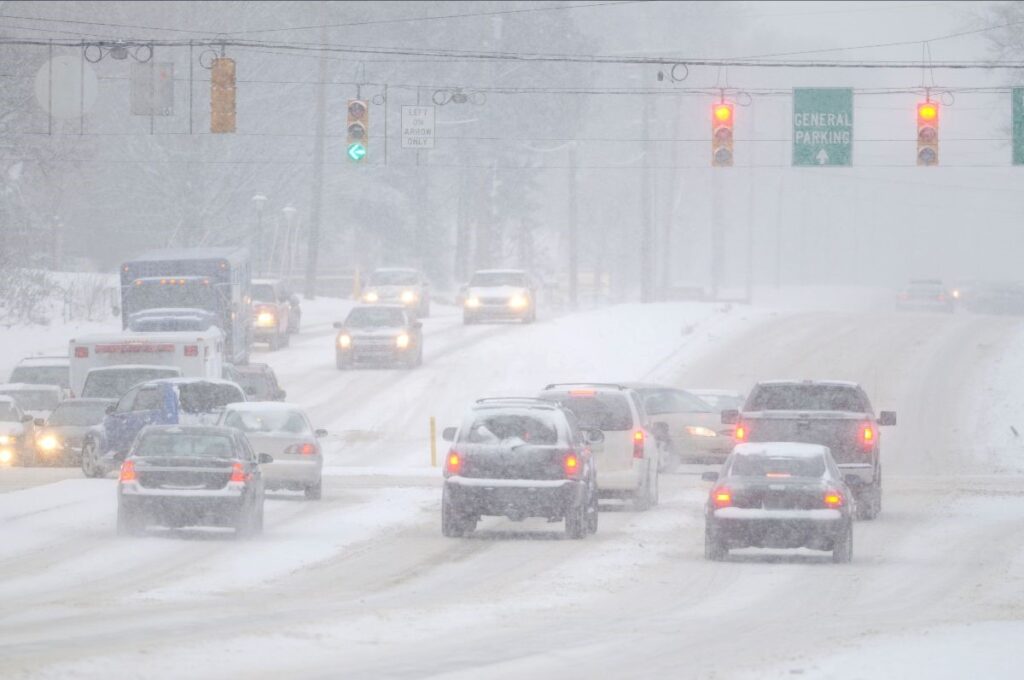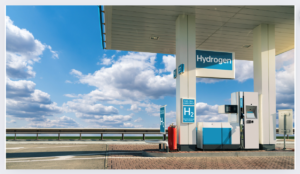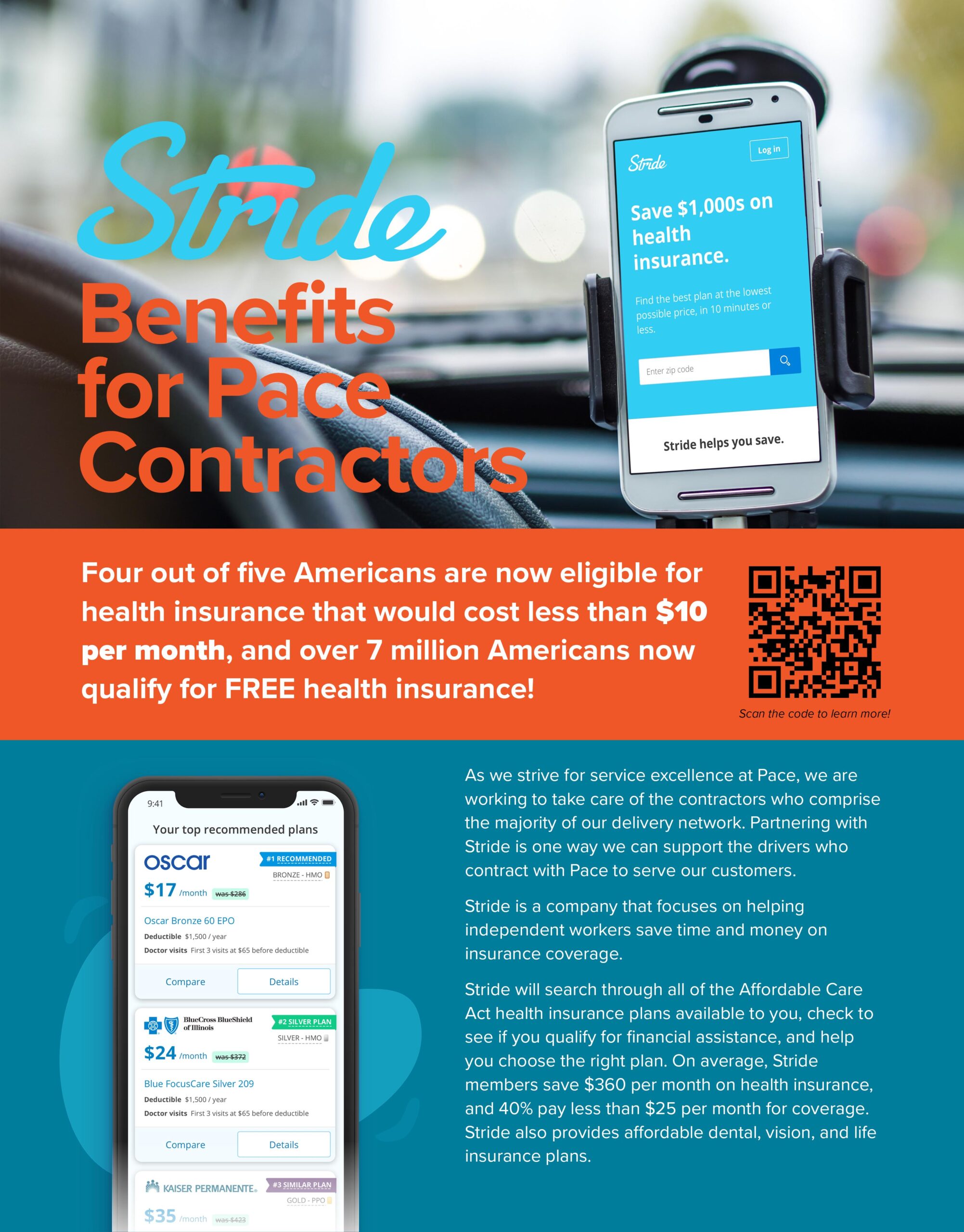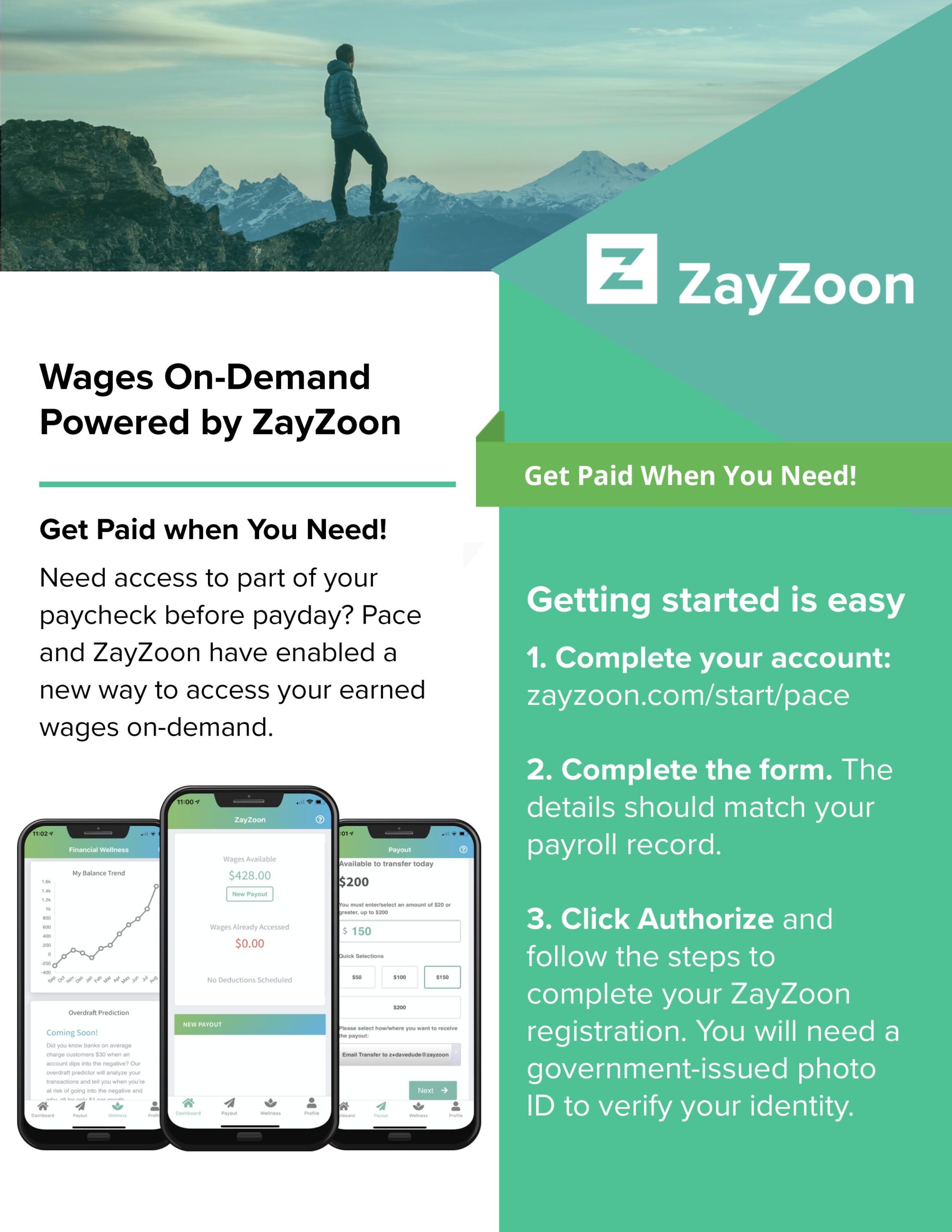
Winter is here, and every professional delivery driver knows that wintertime conditions add an extra layer to safe driving considerations. Alertness, anticipation, and preparation are always essential when you’re behind the wheel during the cold weather months.
Winter Weather Accidents
The U.S. Department of Transportation estimates that at least 25% of weather-related accidents happen in wintertime due to snow, slush, icy pavement, or heavy winds. Regardless of the region you’re driving in, there are approximately 3 million miles of roadways potentially affected by wintertime conditions. Driving smartly and safely is always paramount, especially during this time of the year. Avoiding these 7 winter driving hazards will get you and your load safely to your destination.
7 Winter Driving Hazards to Avoid
1. Speed: Snow, sleet, ice, and slush reduce traction. Drive only as fast as road conditions allow. Accelerate and brake slowly. Apply brakes earlier and slower when approaching red lights and stop signs. Be cautious of sliding. Keep a firm grip on the wheel. Don’t use cruise control. Drive slowly in windy conditions, especially when hauling an empty trailer or driving an empty straight truck or van.
2. Tailgating: Slippery road conditions require more stopping time, so avoid following other vehicles too closely. On snow or icy roads, don’t follow in other drivers’ ruts; they may include hard-packed ice.
3. Black ice: Icy roads look like wet roads, making them dangerous. Driving too fast on black ice could result in spinouts or a jackknifed vehicle. If there is no road spray from vehicles in front of you or passing by on the opposite side of the road, you’re probably driving on black ice. Slow down.
4. Bridges, on-ramps, and off-ramps: Bridges and other elevated surfaces freeze faster than roadways. Highway on-ramps and off-ramps are often more slippery. Drive on these surfaces with caution.
5. Lack of preparation: Don’t be overconfident. Pack a safety kit that includes blankets, extra clothing, rain gear, nonperishable food, water, and roadside flares or markers in case you get stranded in frigid weather. Always clean ice and snow off your mirrors, windows, and lights with windshield ice scrapers. Check tires for proper pressure and make sure your vehicle is serviced and that its safety systems operate properly.
6. Other drivers: No matter your safety preparation and awareness, assume that other drivers won’t do the same. Expecting erratic driving behaviors from others enhances safety precautions.
7. Not knowing your limits: Don’t be the hero. If you do not have the experience in a certain condition, experience whiteout conditions, or simply feel unsafe, then please don’t drive. Pull over and wait for the weather to clear.
Be Aware of Slips, Trips, and Falls
After arriving safely at your destination, be aware of slippery conditions outside of your vehicle on sidewalks, pathways, or parking lot surfaces. Wear proper footwear with treads during icy weather. If surface areas are poor, take short steps at a slow pace.
Safety is Most Important
While meeting on-time service goals is always important, It’s critical to do everything we can to ensure that wintertime weather conditions cause as few accidents as possible. Arriving safely and keeping others safe, especially during this time of year, is what’s best for all of us on the roads.











